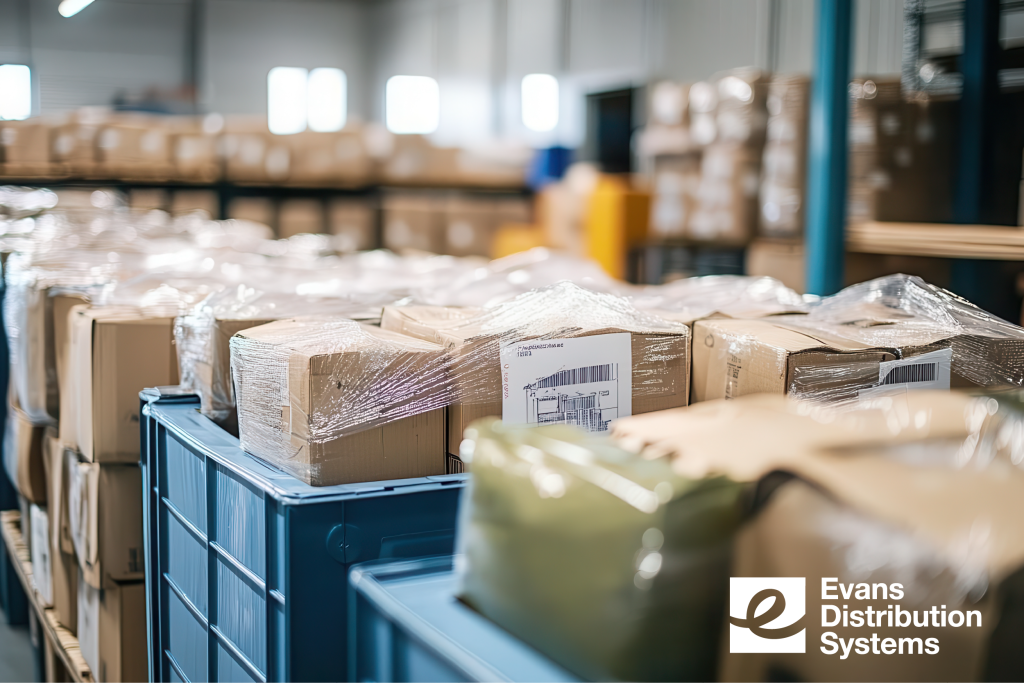
Returns are no longer an occasional cost of doing business but a defining part of the ecommerce landscape. The average ecommerce return rate is between 20% and 30%. As online shopping continues to grow, especially in categories like apparel and electronics, the pressure is on retailers to develop a robust and profitable reverse logistics strategy.
But not all return rates are created equal. In fact, the likelihood of a customer returning a product varies widely by retail category. Here are the average return rates from highest to lowest:
- Apparel – 10% return rate
- Jewelry – 8.31% return rate
- Electronics – 8.28%
- Sport/Outdoor – 6.10% return rate
- Beauty – 4.99% return rate
- Health & Wellness – 4.20% return rate
While these percentages may seem modest, the impact on operations, margins, and customer service is significant, especially when return volumes reach thousands of units per month. So, what’s driving these returns?
The most common reasons include:
- Wrong size
- Product no longer needed
- Misleading or unclear product description
- Incorrect item shipped
- Quality issues
- Unfamiliarity with the product
- Wardrobing (buying with the intent to return after one use)
- Fraud
The First Line of Defense: Improve the Online Experience
Many returns are preventable. By focusing on the ecommerce experience, businesses can reduce costly returns before they even happen. High-quality product photos, detailed sizing guides, comprehensive product descriptions, and customer reviews all help shoppers make more informed decisions.
Equally important is a clear, accessible return policy. Today’s consumers expect simplicity. A streamlined and transparent process reassures customers while reducing unnecessary customer service costs. Make sure your returns policy is visible and easy to follow as it’s often the difference between a one-time buyer and a repeat customer.
The Real Work: Reverse Logistics in Action
Returns don’t end with the customer shipping an item back. That’s where reverse logistics comes in and where many companies begin to feel the operational strain. Managing the return, inspection, re-packaging, restocking, or recycling of a product requires time, resources, and a well-oiled backend system.
That’s why many ecommerce brands choose to partner with a reverse logistics expert like Evans Distribution Systems. A strategic third-party logistics (3PL) provider can handle every step of the returns process, including:
- Product tracking via inventory management systems
- Inspection and testing
- Warranty processing
- Refurbishment and repair
- Re-labeling and packaging
- Recycling or sustainable disposal
- Customer service integration
Whether you’re processing returns due to sizing issues or recovering damaged goods, the goal is the same: preserve value and minimize loss.
Closing the Loop: Creating a Circular Supply Chain
Reverse logistics isn’t just about mitigating loss; it’s an opportunity to create value. At Evans, we believe in the power of the circular economy: keeping products out of landfills and finding new ways to repurpose or recycle returned items.
Many products, especially electronics or wearables, contain valuable components that can be reused, refurbished, or resold. Even if a product can’t be returned to inventory, responsible recycling ensures environmental compliance and often uncovers new revenue streams.
According to the National Retail Federation, returns accounted for $743 billion in merchandise in 2024, 14.5% of total retail sales. That’s a staggering amount of potential value that can be either lost or transformed, depending on your returns strategy.
Turn Returns into Opportunity
Returns aren’t going anywhere, but they don’t have to be a cost center. With the right processes and partners in place, returns can be an asset to your brand and your bottom line.
Do you want to speak to a reverse logistics expert? Contact Evans to speak to an expert today.
